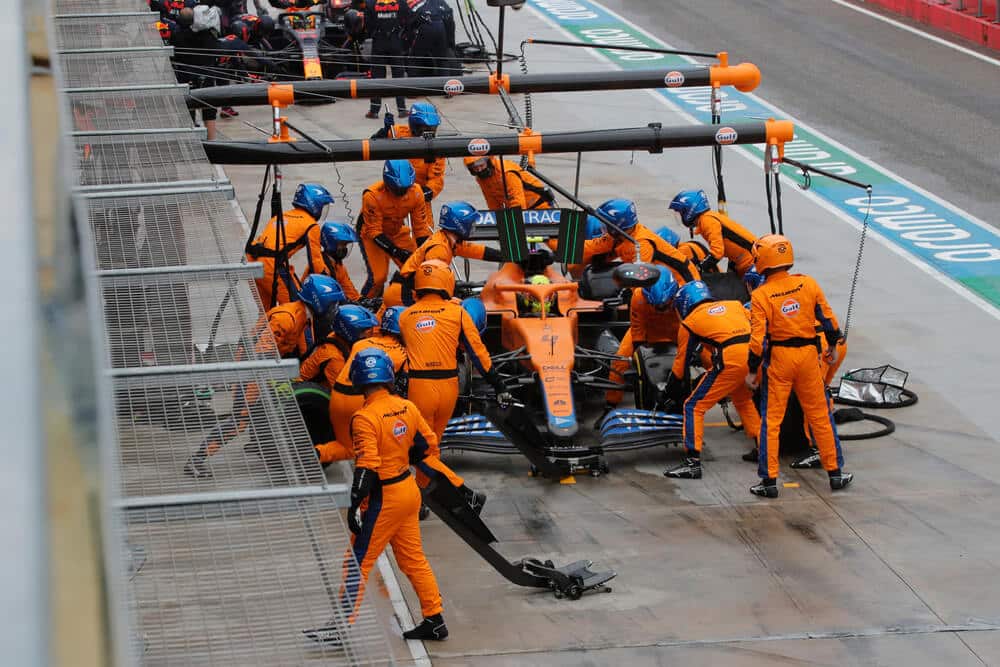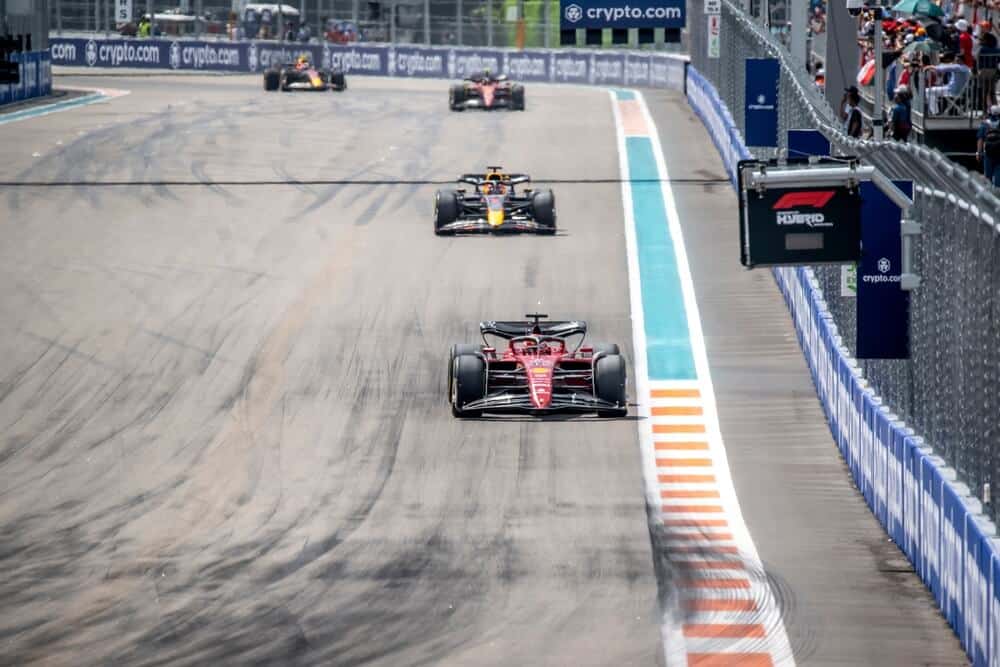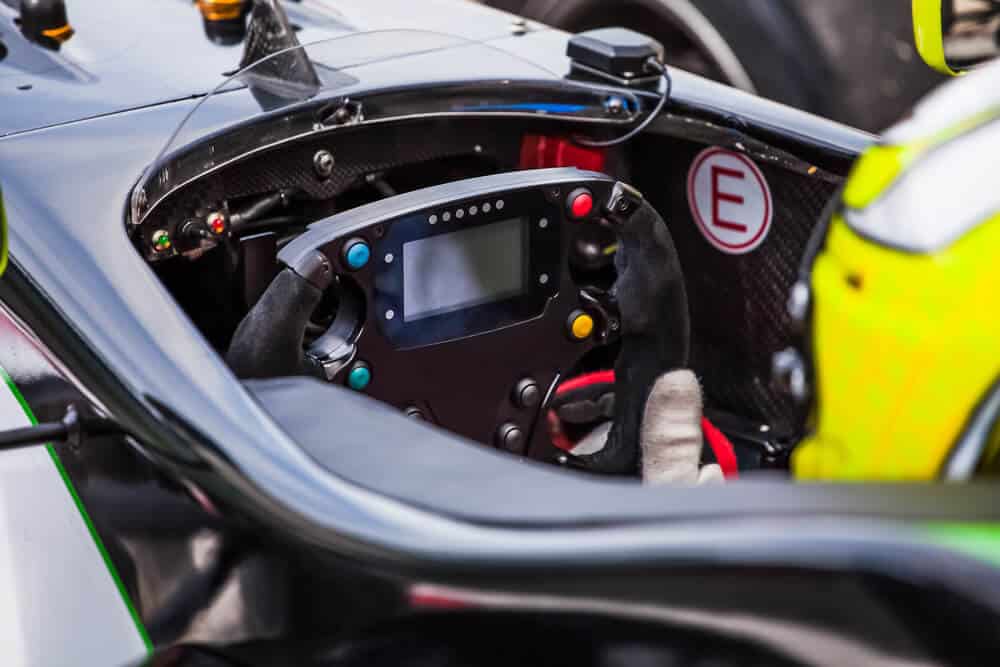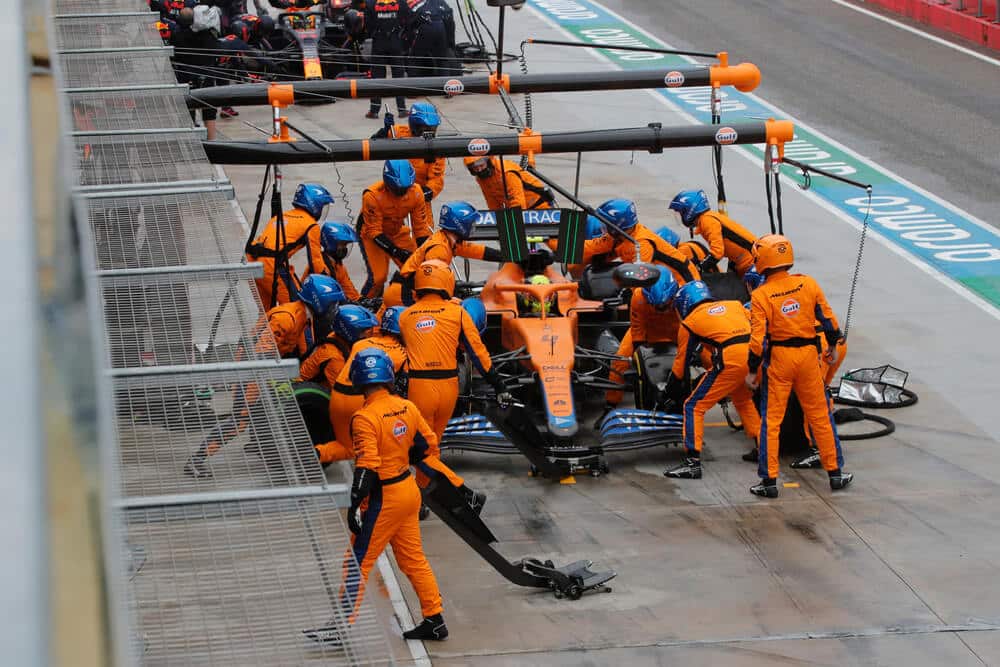Formula One pit stops have become a crucial aspect of modern-day F1 racing, and a well-executed pit stop can make a significant difference in determining the outcome of a race. In this article, we will explore the intricacies of F1 pit stops, including their history, components, importance, key challenges, and the strategy behind them.
Table of Contents
Watch this video to learn more about pit stops in F1.
History of F1 Pit Stops
The history of F1 pit stops dates back to the 1950s when they were primarily used for refueling. In the 1960s, pit stops began to include tire changes and minor repairs. By the 1980s, pit stops had become a vital part of F1 racing, with teams continuously practicing and perfecting their techniques to gain an edge over their competitors.
During the early years, pit stops were relatively simple and involved just a few mechanics refueling the car. However, as technology advanced and teams started focusing on the performance of their cars, pit stops became more complex, and the need for specialized personnel grew. Today, a typical pit crew is composed of 18 to 20 highly trained individuals, each with a specific role to play.
The Components of F1 Pit Stops
An F1 pit stop is a highly coordinated team effort, involving multiple components working together to service the car. Let’s take a closer look at each component:
Pit Crew
The pit crew is the backbone of any F1 pit stop. They are highly skilled professionals who work tirelessly to service the car as quickly and efficiently as possible. Some of the roles involved in a pit crew include:
Tire changers: Their role is to change the car’s tires as quickly as possible. They use specialized tools to remove and refit the wheels to the car.
Fuelers: They are responsible for refueling the car. They use a specialized rig to deliver fuel at an astonishing rate of up to 12 liters per second.
Jack operator: This role involves lifting the car quickly and safely using a pneumatic jack.
Front wing adjuster: This role is responsible for adjusting the front wing of the car during a pit stop. This helps to optimize the car’s aerodynamics and improve its performance.
The members of the pit crew must work together seamlessly, with each individual performing their role to perfection. Pit stops typically last just a few seconds, so the pit crew must be highly trained and able to work under immense pressure.
You can also read our article: F1 Pit Crew Salary: How much does pit crew earn?
Equipment
F1 teams use specialized equipment to service the car during a pit stop. The equipment used includes:
Pneumatic jack: This is a high-pressure jack that lifts the car quickly and safely. It is powered by compressed air and can lift the car in just a few seconds.
Refueling rig: This is a specialized piece of equipment that delivers fuel to the car during a pit stop. It can deliver fuel at a rate of up to 12 liters per second, making it one of the fastest fueling systems in the world.
Tire guns: These are specialized tools used by the tire changers to remove and refit the wheels to the car. They use compressed air to quickly and efficiently remove the bolts that hold the wheels to the car.
The equipment used during a pit stop is of critical importance, and teams must ensure that all equipment is in perfect working condition before each race.
Strategy
Pit stops are not just about changing tires and refueling the car. They are also an essential part of race strategy. F1 teams plan their pit stops in advance, taking into account a range of factors, such as track conditions, tire wear, and fuel levels.
Teams must decide when to make a pit stop and how many pit stops to make during a race. A mistake in timing or strategy can result in a loss of valuable time and ultimately cost a team a race.
One of the key aspects of pit stop strategy is the use of “undercut” and “overcut.” The undercut involves a driver making a pit stop earlier than planned to take advantage of fresh tires and an empty track. The idea is that by setting fast lap times, the driver can leapfrog their competitors and gain an advantage.
The overcut, on the other hand, involves a driver staying out on the track longer than planned. The aim is to run on older tires and a lighter fuel load, which can make the car faster. The idea is that by staying out longer, the driver can gain an advantage over their competitors who have made an earlier pit stop.
Pit stop strategy is a complex and ever-evolving aspect of F1 racing. Teams spend countless hours analyzing data and refining their strategies to gain an advantage over their competitors.
Types of Pit Stops
There are two main types of pit stops in F1 racing: the “standard” pit stop and the “double-stack” pit stop.
Standard Pit Stop
The standard pit stop involves the driver entering the pit lane and stopping at the designated spot, where the pit crew will change the tires, refuel the car, and make any necessary adjustments. The pit crew must work quickly and efficiently to ensure that the car is serviced as quickly as possible.
Double-Stack Pit Stop
In a double-stack pit stop, two cars from the same team enter the pit lane at the same time. The first car will stop at the designated spot, and the pit crew will service it as usual. Meanwhile, the second car will stop behind the first car, and the pit crew will service it once the first car has left the pit lane. Double-stack pit stops require even greater coordination and communication between the pit crew and drivers.
The Importance of Pit Stops in F1 Racing
In modern F1 racing, pit stops are a critical part of any race strategy. Some key points to consider include:
- Pit stops allow teams to change tires and refuel the car, ensuring that it can perform at its best throughout the race.
- Pit stops can be used strategically to gain an advantage over competitors. For example, a well-timed pit stop can allow a driver to make up time or take the lead.
- Pit stops also pose a risk, with mistakes potentially costing a driver valuable time or even resulting in a disqualification.

Key Challenges of F1 Pit Stops
F1 pit stops are not without their challenges, and several factors can impact the outcome of a pit stop. Let’s take a look at some of the key challenges involved in F1 pit stops:
Timing
Timing is crucial in F1 pit stops, and even the slightest delay can be costly. The pit crew must work together seamlessly to ensure that the car is serviced as quickly and efficiently as possible. Any delay, even by a fraction of a second, can cost a team valuable time and potentially the race.
Safety
F1 pit stops are inherently dangerous, and the safety of the pit crew and driver is of paramount importance. The pit crew must wear specialized safety equipment, including fireproof overalls and helmets, to protect them from potential accidents.
Weather
Weather conditions can have a significant impact on F1 pit stops. Rain, for example, can make the track slippery and increase the likelihood of accidents during a pit stop. Teams must be prepared to adapt their pit stop strategy to suit the prevailing weather conditions.
Frequently Asked Questions
What is a pit stop in F1?
How long does a pit stop in F1 take?
How often do F1 drivers make pit stops?
Why are pit stops important in F1?
What are the risks involved in F1 pit stops?
Conclusion
F1 pit stops are a complex and highly coordinated team effort that can make a significant difference in determining the outcome of a race. The pit crew, equipment, and strategy all play a crucial role in servicing the car as quickly and efficiently as possible.
Teams must plan their pit stop strategy carefully, taking into account a range of factors such as track conditions, tire wear, and fuel levels. Timing and safety are also critical factors that can impact the outcome of a pit stop.
Overall, F1 pit stops are a thrilling and essential aspect of modern-day F1 racing, and mastering the art of the pit stop is key to success in this highly competitive sport.
Article sources
Learn more about Formula One
Want to learn more about F1? Then visit our Formula 1 glossary and dictionary.



